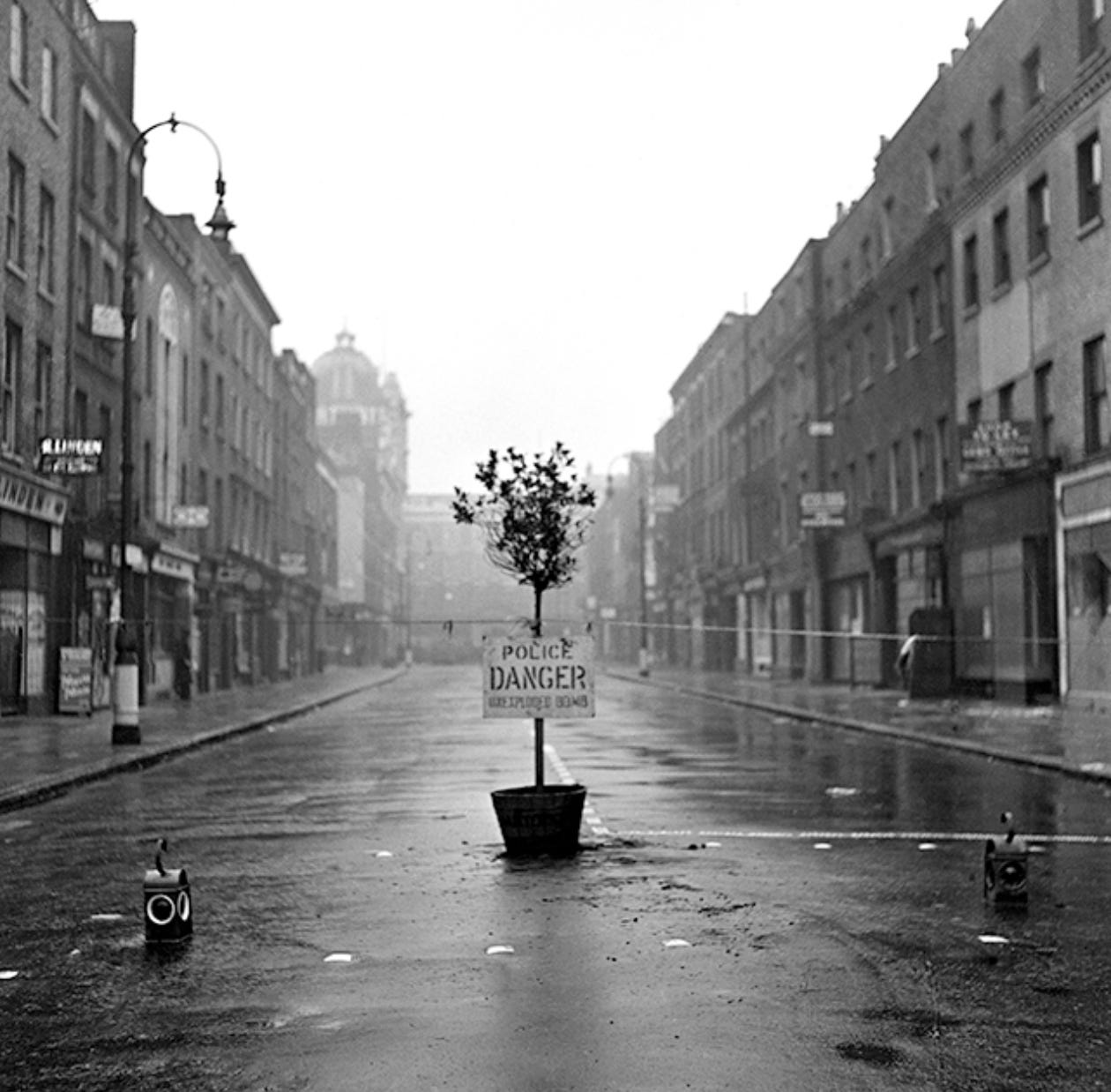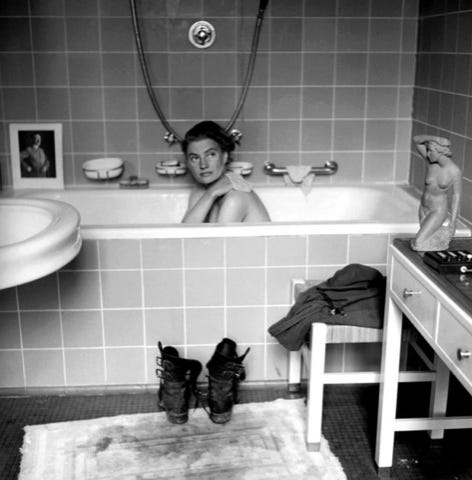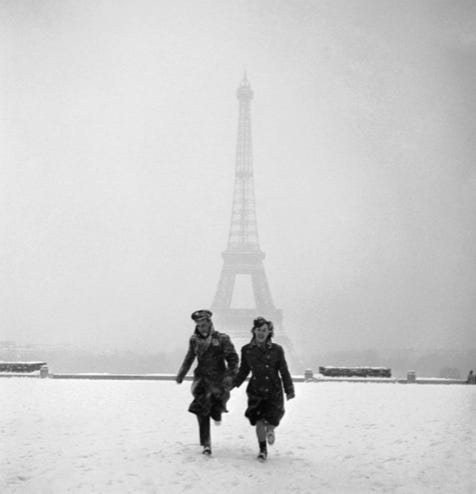Right place, wrong time or wrong place, right time?
If you go to one exhibition this year, make it this one
Right place, wrong time
‘Where’s the Lee Miller exhibition?’
‘The what?’
‘The Lee Miller exhibition.’ Presuming I hadn’t enunciated clearly enough, I added emphasis on the L and M. In return, I received a blank expression. Information desk by name, confused by nature. ‘It’s your big new exhibition.’ I refrained from adding that this was a piece of information his job description was made for. At any one time, the Tate has three main exhibitions. Not too many, one might think, for the Information Officer to hold in his head all at once.
I turned to Google and was just about to show the Information Officer the page on my phone that publicised the exhibition when I noticed the date. I was a year early.
Right place, wrong time.
I’m always early, and it’s getting worse. I tend to plan to get anywhere 10 minutes early. You never know what delays might derail you. I then subconsciously forget the margin for error, and the new arrival time with contingency becomes the arrival time in my mind. To be safe, I add 10 minutes because I never know what delays might derail me. Come the day, I’m ready well before I need to leave. Rather than hang around at home, I set off. Then, because I tend to walk or cycle pretty fast, I comfortably beat the estimated time. The net effect is that I’m invariably the first person in the cinema or am in the restaurant or coffee shop a good 40 minutes before whoever I’m meeting.
But a year early is, even for me, promptness of a different magnitude.
Come 2025, I bought myself a ticket for Thursday, 16 October. A few days beforehand, my wife asked if I could take the dog to the vet that morning. I checked to see if I could move my ticket, only to find I had already inadvertently booked it for Wednesday instead of Thursday. Had it not been for the vet appointment, I would have been a day late for an event I had been a year early for.
Right place, right time
Lee Miller was a photographer who was in the right place at the right time. She was a (super)model in New York in the swinging twenties, she moved to Europe and behind the lens when surrealism was the rage, she switched from fashion to war photography in the forties, and she was in Hitler’s apartment on the day he committed suicide.
Is that the right time, right place? Or, perhaps, wrong place, right time.
Wrong place, wrong time
She had, though, undoubtedly been in the wrong place at the wrong time when she was raped by a family friend when she was seven years old.
Right here, right now
Kate Winslet, who played her in the film Lee, wrote “There are so many stories of girls to whom things happened. Lee Miller was a woman who made things happen.”
In Paris, she knew where she wanted to be: with Man Ray. His work spoke to her. She approached and told him she was his new apprentice. He replied that he didn’t take apprentices. But really, he had no choice. She became his assistant, apprentice and lover.
When war broke out, she moved to London, where, despite having no background in it, she became a photojournalist. She took many of the iconic shots of the Blitz for Vogue, sometimes juxtaposing fashion shots amidst scenes of devastation and destruction. Her images appeared in a book entitled Grim Glory: Pictures of Britain under Fire, which took the horrors of war into American homes and consciousness.
At that time, women correspondents weren’t allowed anywhere near the frontline. Her colleague David Scherman said, “Being left out of the biggest story of the decade almost drove poor Lee Miller mad.” But rather than accept no, she made it happen. She persuaded Condé Nast to hire her as a war correspondent for Vogue, which led to her accreditation with the War Department. This allowed her to join the U.S. Army.
Wrong place, right time
On the day Hitler committed suicide in a Berlin bunker, Miller and Scherman arrived from having documented unimaginable scenes at the Buchenwald and Dachau concentration camps at Hitler’s empty secret apartment in Munich. Miller took off her clothes and climbed into his bathtub.
The voyeuristic image of domesticity in the lair of evil, with a touch of narcissism (a photo of himself in his bathroom) and the placing of boots to symbolise death, is chilling.
A year later, Lee Miller was documenting the reprisals.
“Her photographs shocked people out of their comfort zone. She had a chip of ice in her heart... she got very close to things... That’s what made the difference, Lee was prepared to shock.” (Mark Haworth-Booth)
The right place to be, right now
Tate Britain for the Lee Miller exhibition.
Model, fashion photographer, surrealist, innovator, war photographer, iconographer and in later life, a gourmet cook. Lee Miller did it her way.







